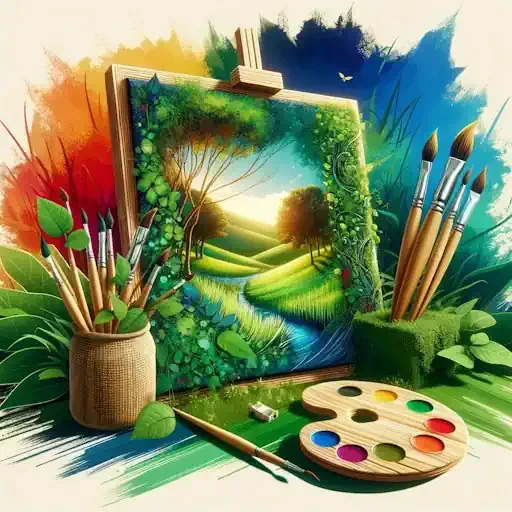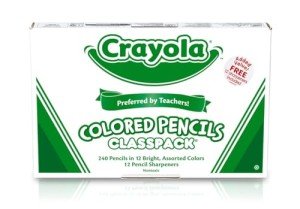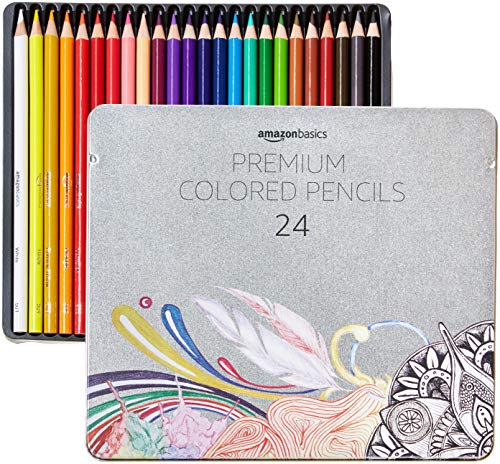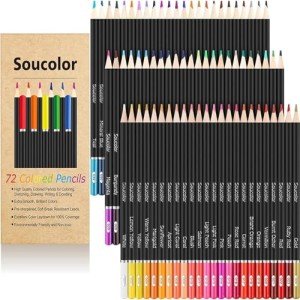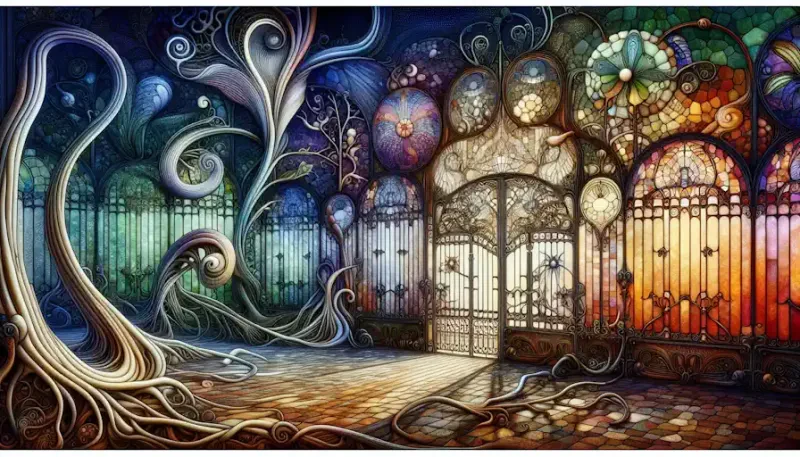Art has long been a medium for expression, innovation, and social commentary. Today, it is also becoming a platform for advocating environmental sustainability. Eco-friendly art, a rapidly growing movement, urges artists to consider the environmental impact of their creative processes and materials. This article delves into the significance of sustainable art supplies and how conscious creators are using them to make a positive impact on the planet.
The Awakening of Eco-Consciousness in Art
The art world, traditionally known for its free-spirited and innovative nature, is increasingly becoming aware of its environmental responsibilities. Artists are now exploring ways to minimize their ecological footprint, leading to a surge in the use of eco-friendly art supplies. This shift is not just a trend but a necessary evolution in the face of global environmental challenges such as climate change, resource depletion, and pollution.
The Palette of Sustainability: Eco-Friendly Art Materials
One of the most significant changes in the realm of sustainable art is the choice of materials. Artists are turning to supplies that are either recycled, biodegradable, or derived from sustainable sources. This includes:
Natural Pigments and Dyes: Extracted from plants, minerals, and other natural sources, these pigments are free from toxic chemicals, making them a safer choice for both the artist and the environment.
Recycled Canvas and Paper: By using canvases and papers made from recycled materials, artists are helping reduce waste and the demand for new resources.
Biodegradable Sculpting Materials: Sculptors are opting for materials like clay, wood, and stone, which have minimal environmental impact compared to synthetic alternatives.
Eco-Friendly Brushes and Tools: Brushes with bamboo or other sustainable wood handles, and bristles made from natural fibers are becoming popular choices.
The Impact of Sustainable Art Supplies
The use of eco-friendly art supplies has a ripple effect on the environment. It reduces the demand for raw materials, lowers pollution levels, and encourages recycling and upcycling. This not only conserves resources but also inspires a deeper connection between art and nature.
The Challenges and Solutions
Despite the growing popularity of sustainable art supplies, challenges remain. Availability, cost, and a lack of variety can deter artists from fully embracing eco-friendly materials. However, the solution lies in continued innovation, greater awareness, and support from both the art community and consumers. As demand for these materials grows, so will their availability and affordability.
The Role of Artists in Environmental Advocacy
Artists have a unique ability to influence and inspire. By choosing eco-friendly materials, they are not only reducing their environmental impact but also sending a powerful message to viewers. Sustainable art can educate and motivate the public to consider their own environmental footprint, thus amplifying the impact far beyond the art community.
Future Perspectives
The future of eco-friendly art looks promising. With technological advancements, we can expect the development of even more sustainable materials and techniques. Furthermore, as public consciousness about environmental issues rises, the demand for eco-friendly art is likely to grow, encouraging more artists to adopt green practices.
Eco-friendly art represents a harmonious blend of creativity and environmental responsibility. It challenges the traditional norms of art creation and opens up new possibilities for artists to express themselves while caring for the planet. As the movement grows, it paves the way for a more sustainable and conscious art world, inspiring generations to come.
By embracing eco-friendly art supplies, conscious creators are not just crafting beautiful artworks; they are also sculpting a better, more sustainable future. As this movement gains momentum, it stands as a testament to the power of art in driving positive change and fostering a deeper respect for our natural world.
